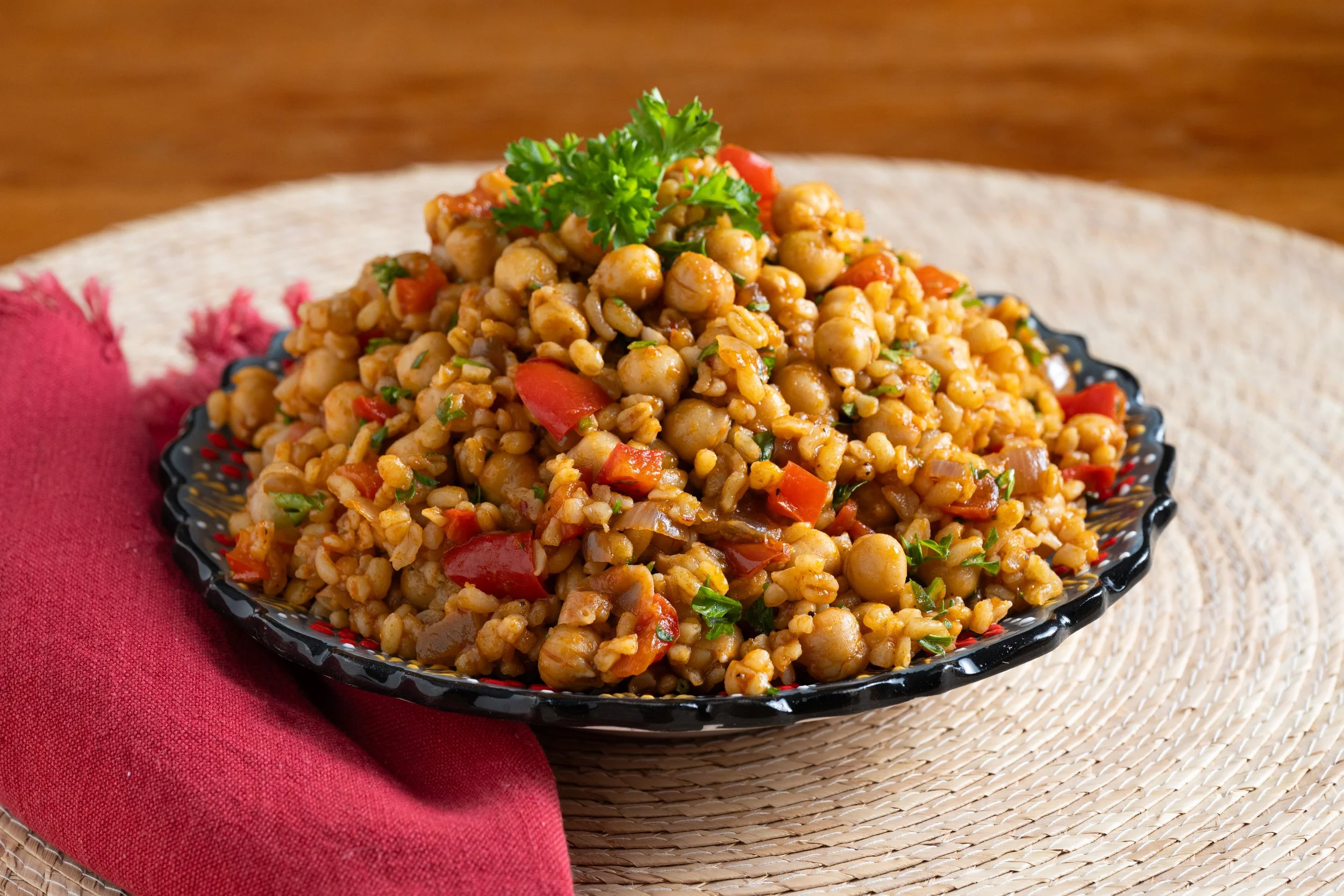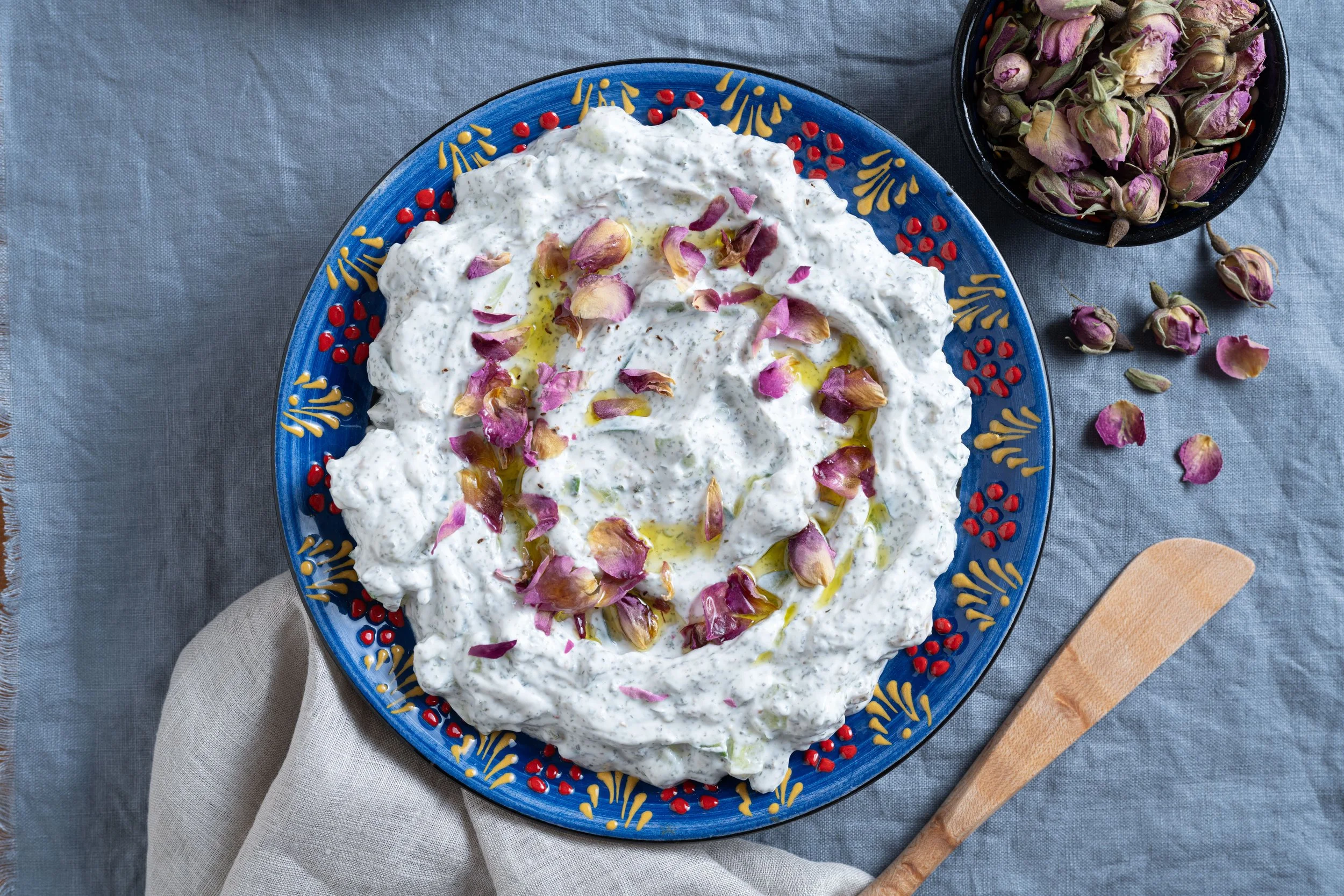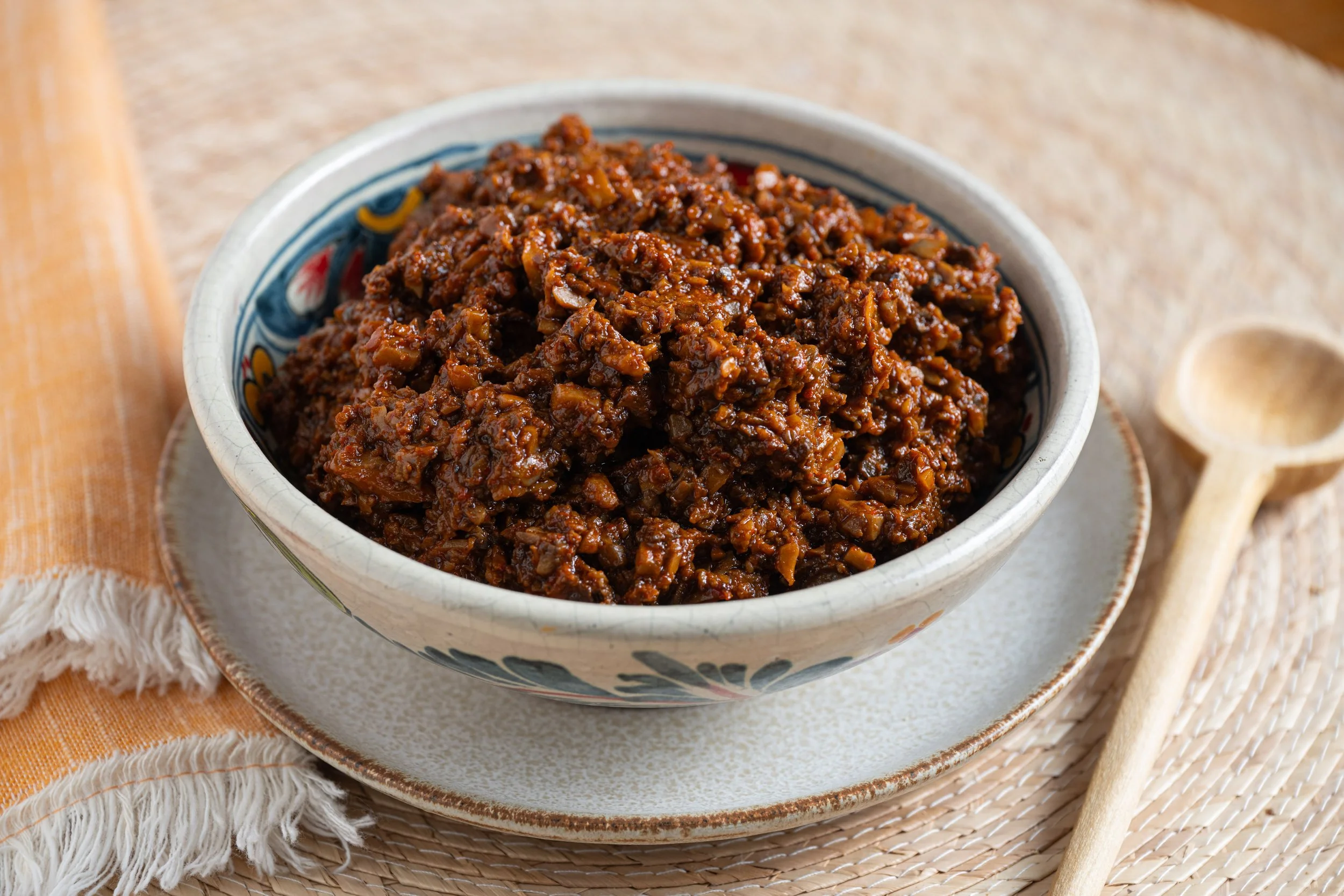If you are local to Ottawa, you may know the Siam Bistro Thai restaurant on Wellington Street. Many years ago, its then Chef Montha McGinnis used to teach cooking classes, and I just happened to be one of her students. Many of the things I know about Thai cooking I learned from her and I have very fond memories of those long ago classes. One of the things that stood out for me, was Chef Montha’s passion for her food and culture, which I myself identified with, save for me it is with my Mexican heritage.
I took many classes from her, and all of her recipes were delicious, but one of the desserts that stand out was a Pumpkin Coconut Custard, baked in a whole small pumpkin. After baking, it would then be cut into wedges and the taste and presentation were both stunning. For a lover of all things pumpkin AND coconut, it was something to enjoy.
In one of my recent Thai classes, I wanted to make something along those lines, but because of time constraints, I needed to make something that would be ready faster than that delicious dish I remember from so long ago. I came up with this recipe, making a simple custard with eggs, coconut milk and sugar, but made in a ramekin. Adding tiny cubes of raw Buttercup Squash gave it the pumpkin taste I wanted. Super easy to put together thanks to the a blender, it cooks in a water bath and is ready in less than an hour. Depending on the size of ramekins you have, you may get six or eight.
This custard tastes best at room temperature, so if you make it ahead of time, just bring it out of the fridge in time for it to come to the right temperature.
THAI STYLE COCONUT PUMPKIN CUSTARD
4 large eggs
1 cup coconut milk
3/4 cup brown or granulated sugar
1/8 tsp salt
2 Tbsp rice flour
1 tsp coconut or vanilla extract
2 cups diced (1/4”) raw pumpkin flesh
Preheat oven to at 350°F.
In blender jar, combine eggs, coconut milk, sugar, salt, rice flour, and coconut extract. Blend until smooth.
Divide pumpkin amongst six to eight ramekins. Pour custard over pumpkin evenly amongst ramekins.
Set up a bain Marie. Place ramekins on roasting pan. Add boiling water to come at least halfway up the sides of the ramekins. Cover with foil and bake for 35-40 minutes, or until custard is firm on top (internal temperature 190°F).
Remove from bain marie and cool. Serve warm or room temperature.
Makes 8.





















